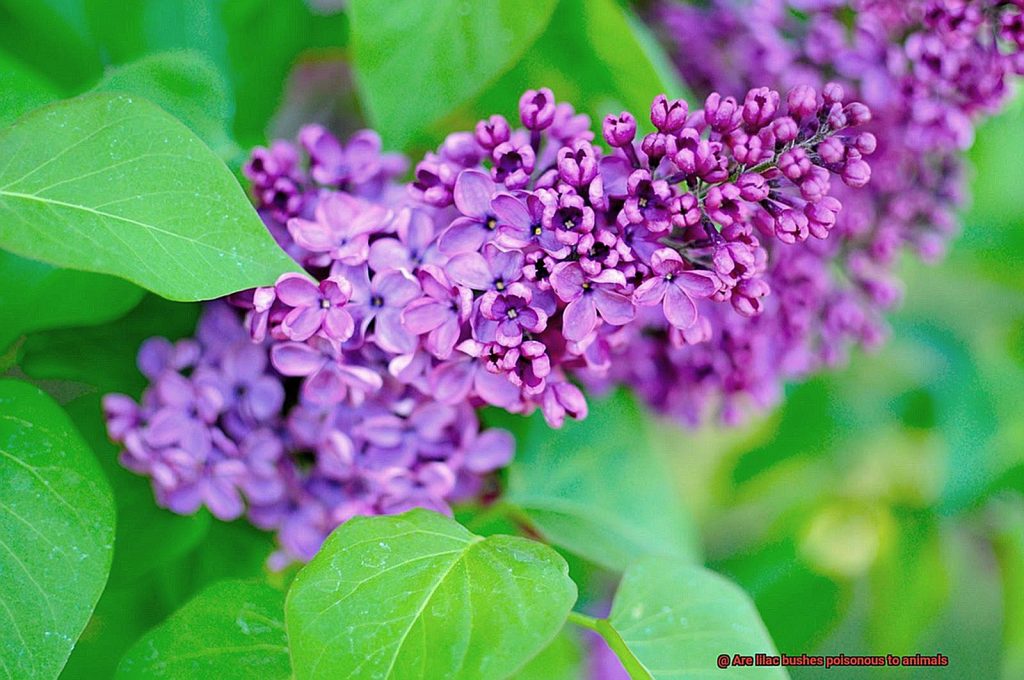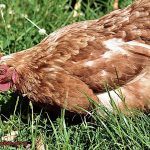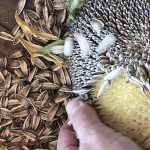Lilacs are undeniably stunning and their sweet aroma is simply irresistible. However, did you know that these beautiful bushes can pose a threat to our furry friends? While lilacs are generally considered safe for humans, the same cannot be said for animals. If you’re an animal lover or pet owner, it’s important to ask: are lilac bushes poisonous to animals?
The answer isn’t straightforward. Although lilacs themselves aren’t usually toxic to dogs, cats, or other pets, consuming large quantities of the plant can result in some unpleasant symptoms. Some animals may experience vomiting or diarrhea, while others might develop skin rashes or allergic reactions. Moreover, ingesting excessive amounts of the leaves, flowers, or stems could lead to more severe problems such as respiratory distress and even death.
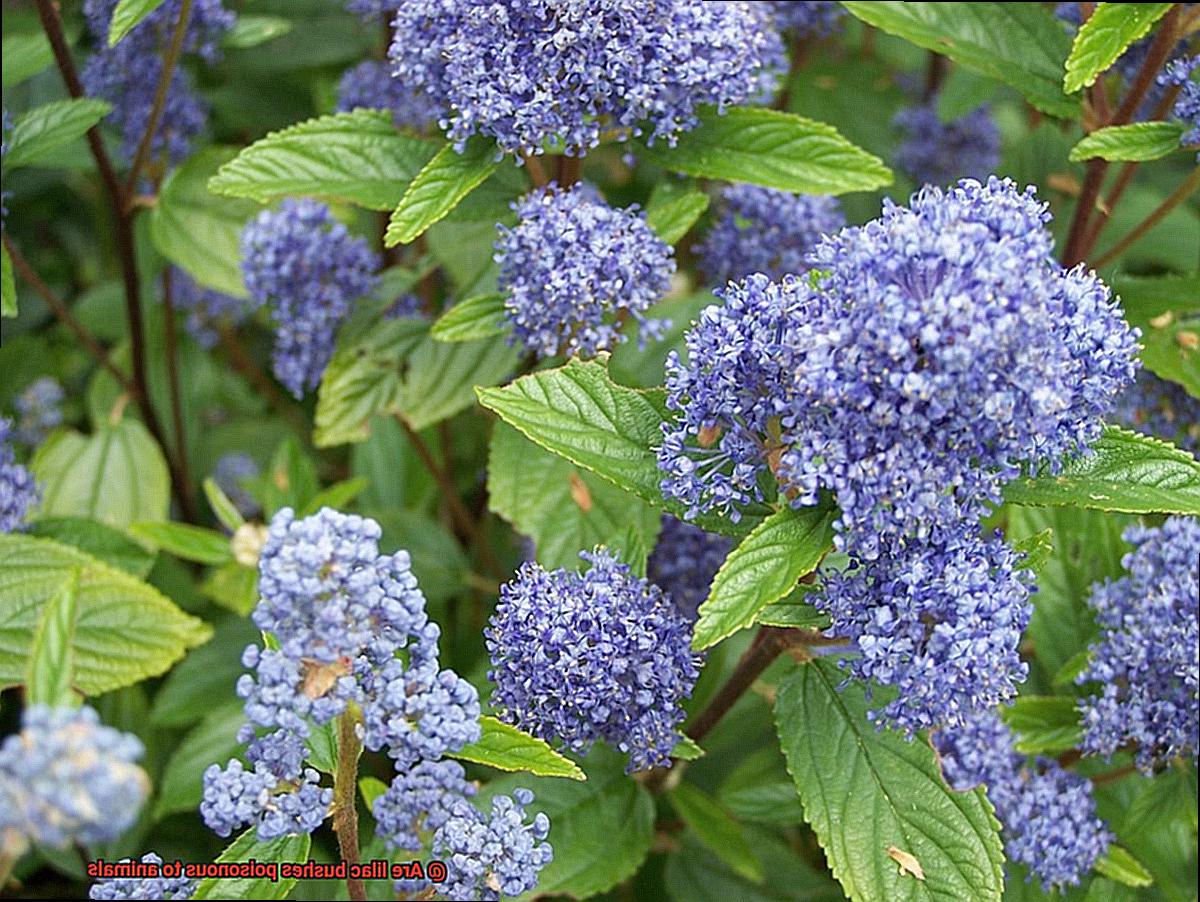
However, it’s worth noting that these risks are relatively rare and typically only occur in extreme cases. So while it’s wise to keep an eye on your pets around lilac bushes, you don’t have to eliminate them from your garden altogether. After all, what makes these fragrant shrubs such a beloved addition to any landscape?
In this post, we’ll explore the potential dangers of lilac bushes for animals and provide some helpful tips on how to keep your furry friends safe around them. We’ll also take a closer look at what makes these plants so appealing and why they’re worth having in your garden despite their potential hazards. So let’s dive in.
Are Lilac Bushes Poisonous to Animals?
Contents
The good news is that lilac bushes are non-toxic to animals, including goats. In fact, the leaves and flowers of the lilac plant are also safe for humans. However, it is always essential to keep an eye on your pets around these plants and monitor their behavior.
According to the American Society for the Prevention of Cruelty to Animals (ASPCA), lilacs are safe for dogs, cats, and horses. If your pet happens to nibble on some lilac leaves or flowers, there should be no adverse effects. However, it is worth noting that some animals may have an allergic reaction if they come into contact with the plant.
While lilacs are safe for pets, there are many other plants commonly found in gardens that can be dangerous or even deadly to them. Some examples include lilies, azaleas, and daffodils. As a responsible pet owner, it’s crucial to research any new plants you plan to add to your garden and make sure they are safe for your pets.
It’s also essential to note that while lilac bushes are generally safe for goats, they still need monitoring around these plants. Goats have a reputation for eating anything in sight, including harmful plants. Ingesting large amounts of any plant can cause digestive issues in goats, so it’s best to limit their access to lilac bushes and other plants.
Additionally, it’s crucial to be aware of any potentially toxic plants that may look similar to lilac bushes. While the common purple lilac is safe for animals, other plants such as the Chinese privet may look similar but are toxic to livestock.
What Happens if an Animal Ingests a Lilac Bush?
While lilac bushes are generally considered non-toxic to pets and humans, it’s important to be aware of the potential risks if your pet decides to munch on them. In this article, we’ll explore the question, “What happens if an animal ingests a lilac bush?”
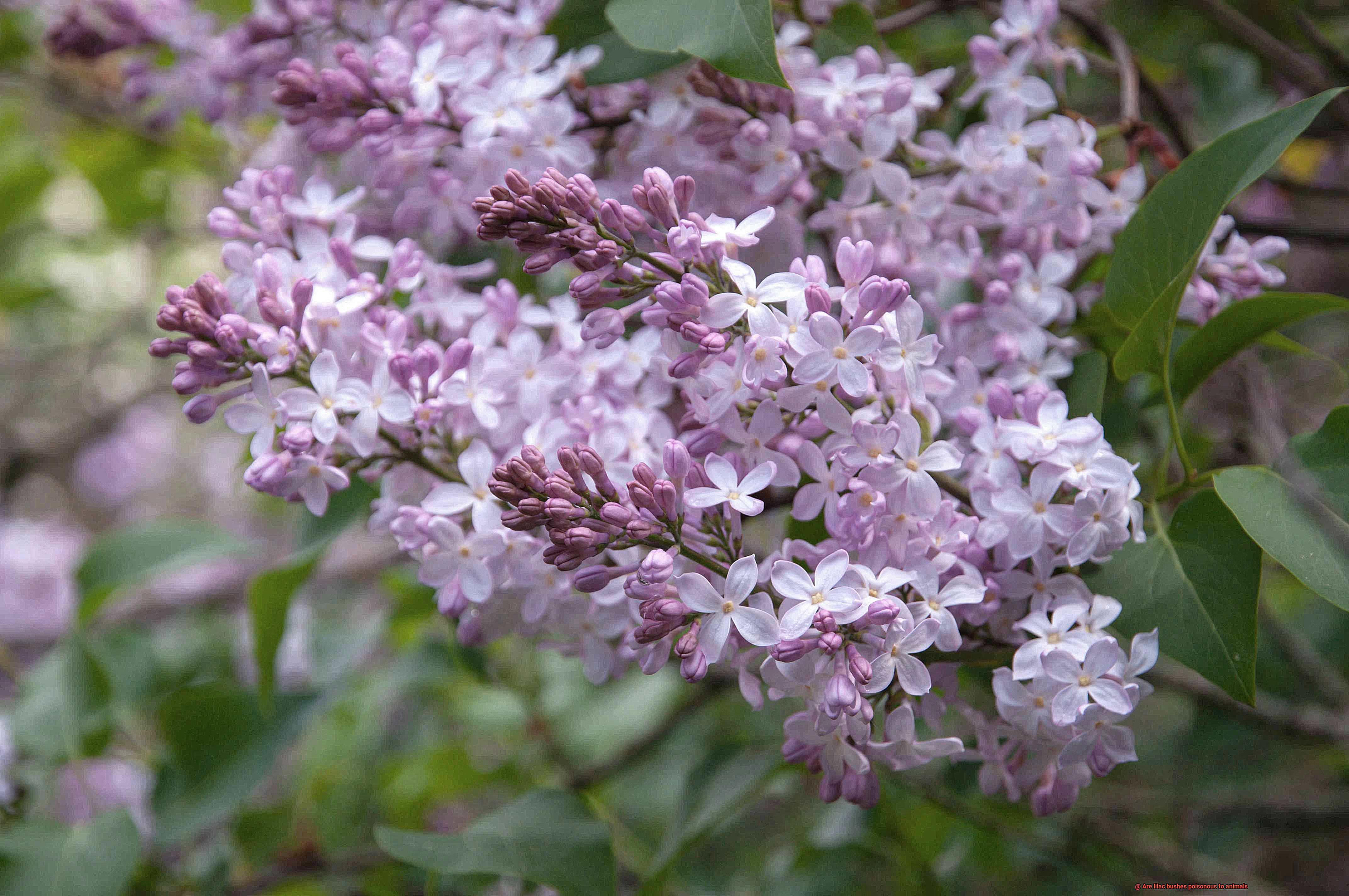
The severity of the consequences can vary depending on the type of animal and the amount consumed. Common symptoms that animals may experience after consuming parts of a lilac bush include vomiting, diarrhea, lethargy, loss of appetite, and even depression. In severe cases, animals may experience seizures or respiratory distress. These symptoms can be especially concerning for pet owners who have goats or other grazers who may consume large quantities of plant material.
It’s important to note that not all parts of the lilac bush are toxic to animals. The flowers, leaves, and bark contain a compound called syringin, which is not considered toxic in small amounts. However, consuming large quantities of any part of the plant can lead to negative side effects.
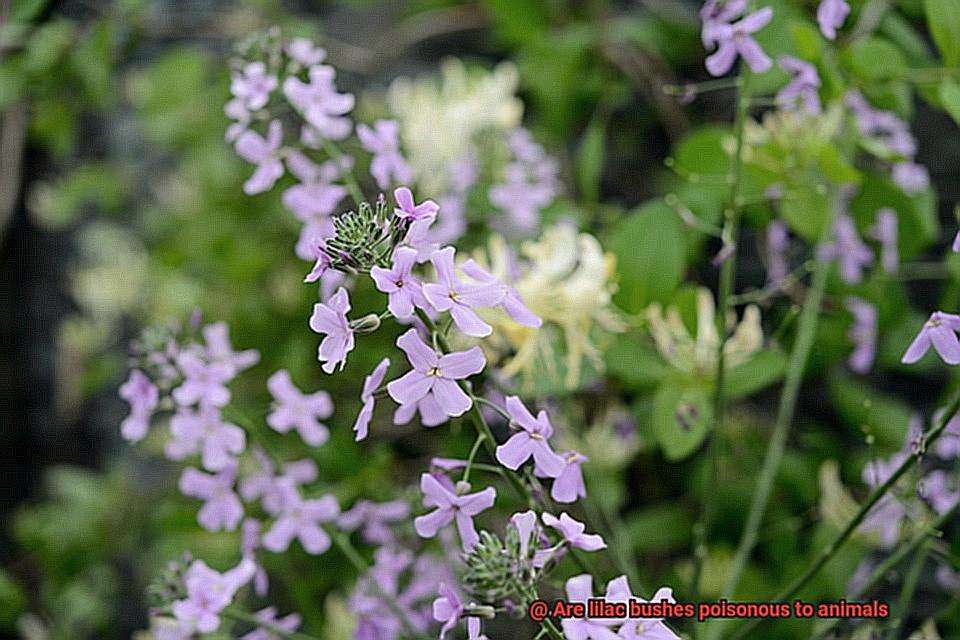
Aside from the health risks for animals, there are also practical concerns for pet owners who have lilac bushes on their property. If a pet consumes significant amounts of a lilac bush, it could lead to costly veterinary bills or even death.
To ensure the safety of your pets, it’s best to keep lilac bushes away from areas where animals graze or play. If you suspect that your pet has ingested any part of a lilac bush, it’s important to contact your veterinarian immediately. They can provide guidance on the next steps to take based on your animal’s symptoms and medical history.
Other Plants That Can Be Harmful to Pets
However, it’s important to be aware that there are numerous plants that can be toxic to pets, many of which are commonly found in gardens and homes. In this section, we’ll take a closer look at some of the other common plants that can be harmful to your pets.
One of the most toxic plants for cats is the lily. Even a small amount of this plant can cause kidney failure in felines, making it essential to keep them out of reach. Azaleas and rhododendrons are also dangerous for pets and can cause vomiting, diarrhea, and even coma or death if ingested in large quantities.
Other plants that pet owners should be cautious about include daffodils, tulips, oleander, and sago palm. These seemingly harmless plants contain toxins that can cause a range of symptoms such as seizures, heart failure, and gastrointestinal distress.
It’s crucial for pet owners to do their research and identify any potentially harmful plants in their homes and gardens. Vigilance is key since many of these toxic plants may not seem dangerous at first glance. If you suspect your pet has ingested a toxic plant, don’t hesitate to seek veterinary attention immediately. Inducing vomiting or administering home remedies without proper guidance can often do more harm than good.
How to Ensure Your Garden is Safe for Your Pets
A pet-friendly garden not only lets your pets enjoy the outdoors with you but also ensures their safety. Let’s take a look at some tips to help you create a beautiful and safe garden for your pets.
Research Your Plants
It’s essential to know which plants are toxic to pets before adding them to your garden. While lilac bushes are non-toxic, there are other plants that can be harmful, such as lilies, azaleas, and daffodils. Be sure to do your research beforehand.
Keep Toxic Substances Away
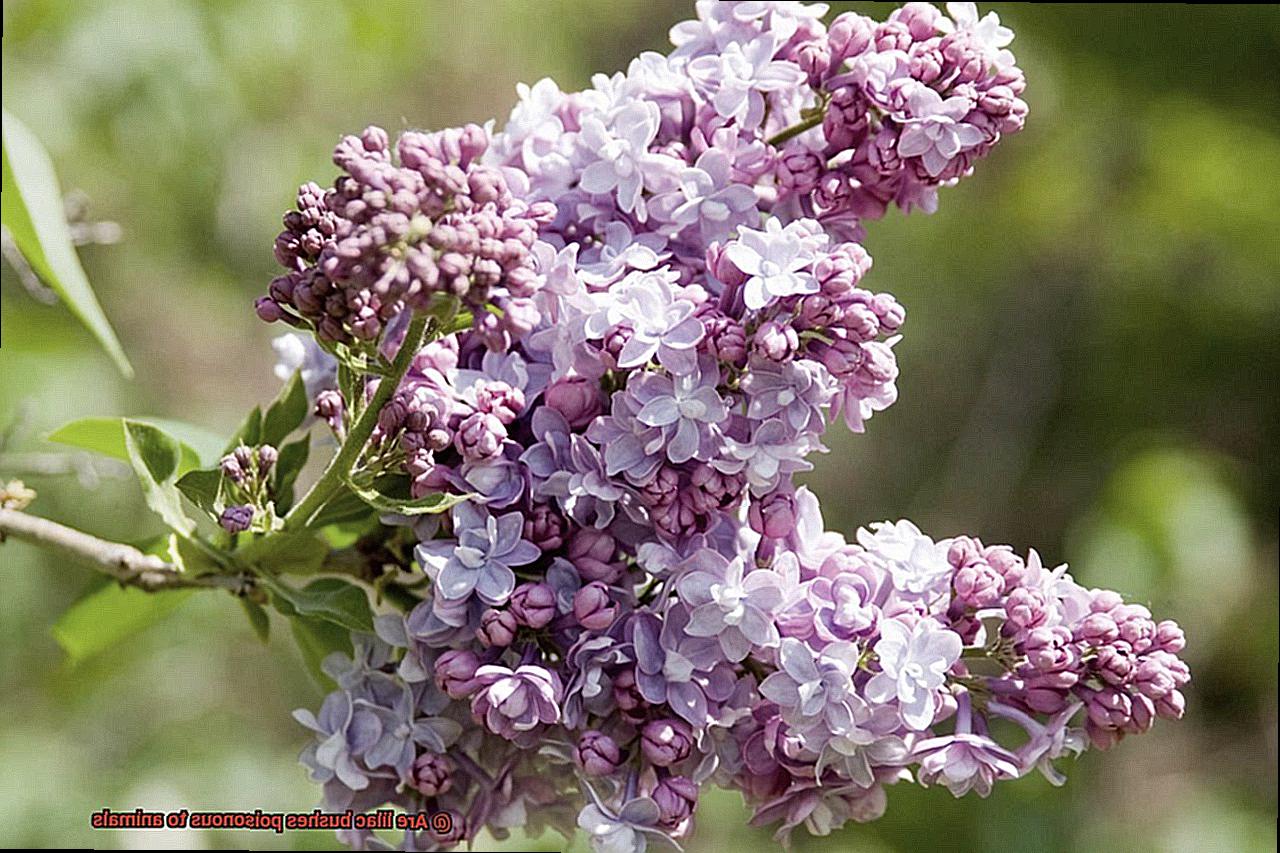
Apart from plants, there are other substances in your garden that could be harmful to your pets. Pesticides, fertilizers, and some types of mulch can cause harm if ingested by pets. Store these items in a secure location where your pets can’t access them.
Designate a Safe Potty Area
If you have dogs, providing them with a safe potty area is crucial. Use a specific type of mulch or grass that is safe for pets and free from any toxic substances.
Create Barriers
If there are areas in your garden where you don’t want your pets to go, consider using barriers such as fences or planters. This can help prevent accidental ingestion of harmful plants or substances.
Use Organic and Natural Alternatives
Consider using organic and natural alternatives to chemical pesticides and fertilizers. These are safer for both you and your pets.
Sk-0XLVlsMY” >
Conclusion
In conclusion, while lilac bushes are a beautiful addition to any garden, they can pose a potential threat to our beloved pets. Although lilacs themselves aren’t typically toxic to dogs, cats, or other animals, consuming large quantities of the plant can result in some unpleasant symptoms. Vomiting, diarrhea, skin rashes, and allergic reactions are just a few of the possible side effects. In severe cases, excessive ingestion could even lead to respiratory distress or death.
It’s important to note that these risks are relatively rare and only occur in extreme cases. So while you don’t have to eliminate lilacs from your garden altogether, it’s wise to keep an eye on your furry friends when they’re around them. However, it’s crucial to research any new plants before adding them to your garden and ensure they’re safe for your pets.
Moreover, many other common garden plants can be dangerous or even deadly to pets. Lilies, azaleas, and daffodils are just a few examples. As responsible pet owners, we must identify potentially harmful plants in our gardens and take steps to protect our furry friends.
By following simple tips like researching plants beforehand, keeping toxic substances out of reach of pets, creating barriers for certain areas of the garden and using natural alternatives instead of chemical pesticides and fertilizers can help create a beautiful and safe garden for both you and your furry companions.

